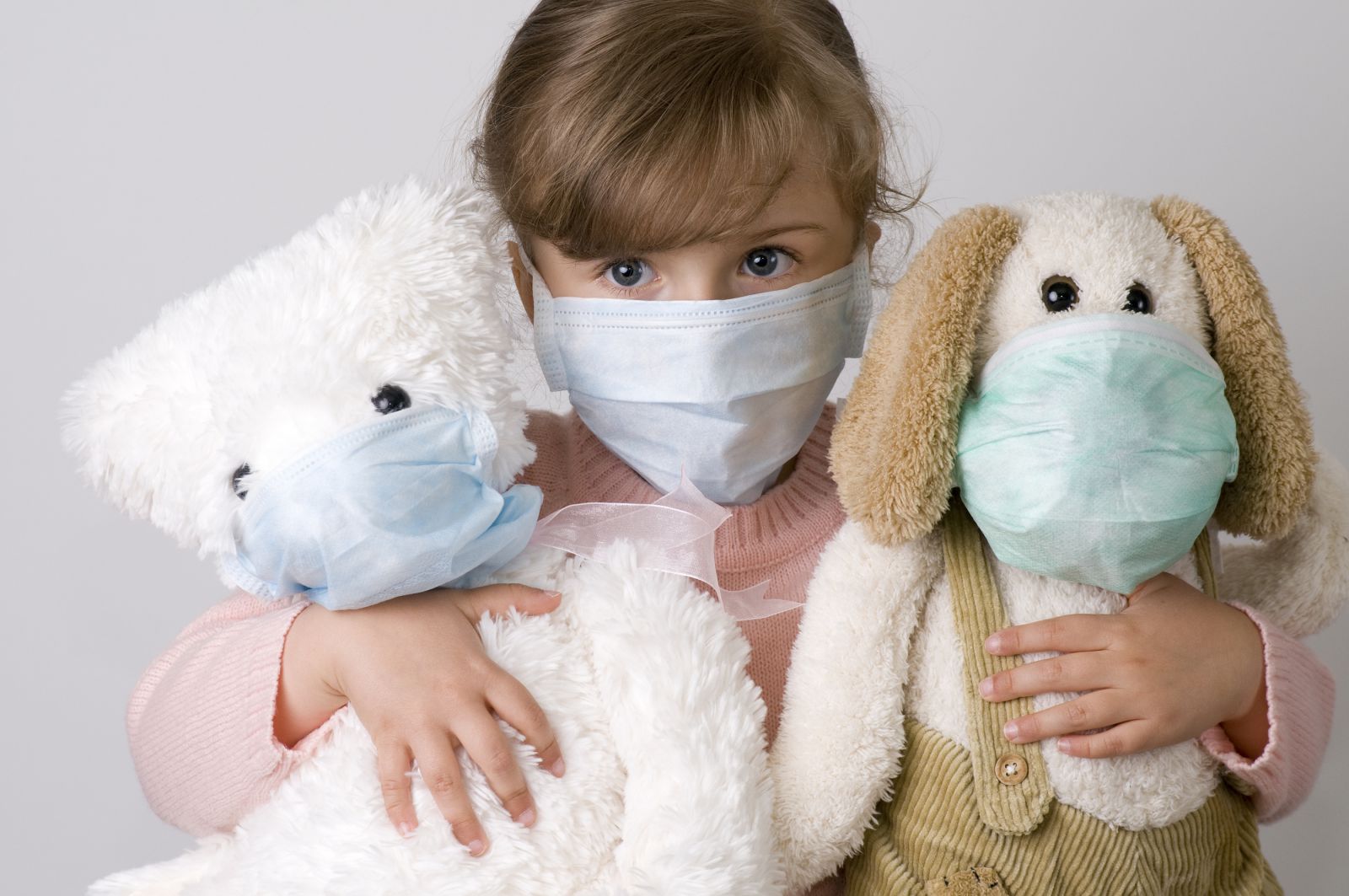Everyone aware that “Precaution is better than cure”, so leads to the understanding of Contamination...
Contamination is a process or act that causes materials or surfaces to be soiled with contaminating substances. There are two broad categories of surface contaminants: film type and particulates. These contaminants can produce a “killer defect” in a miniature circuit. Film contaminants of only 10 nm (nanometres) can drastically reduce coating adhesion on a wafer or chip. It is widely accepted that particles of 0.5 microns or larger are the target. However, some industries are now targeting smaller particles.
A partial list of contaminants is found below. Any of these can be the source for killing a circuit. Preventing these contaminants from entering the cleanroom environment is the objective. It requires a commitment by everyone entering the cleanroom to make it happen. Professional cleaning personnel need to be aware of the importance of controlling contaminants. Strict procedures should be followed whenever entering or cleaning a cleanroom. Compromise is not acceptable when cleaning in a cleanroom.
Sources of Contamination
This is a partial list of some of the commonly known contaminants that can cause problems in some cleanroom environments. It has been found that many of these contaminants are generated from five basic sources. The facilities, people, tools, fluids and the product being manufactured can all contribute to contamination. Review the Viable & Non-Viable Particles to gain a better understanding of where contamination originates.
Non-viable particles, for example, are metal specks or flakes, fibre from clothing, and even dead skin. These are generally obtained from people, equipment, or tools. An adult human will lose about 6-14 grams of dead skin material every day, and lose a complete layer of skin about every four days, which is equivalent to 10,000,000 particles per day. In a cleanroom, an adult will generate 100,000 particles per minute when motionless (fully gowned), and will generate 1,000,000 particles per minute when walking in the cleanroom. As can be seen in the graph, cleanroom personnel are a major source of particle generation.
Viable particles consists of bacteria, virus, fungal spores, molds, and yeast. These are generally obtained from people, outside air, water, equipment, tools, excipients, and active ingredients. Sources for particle generation come from mostly internal sources, which consist of personnel (generally the highest source of contamination), process, air conditioning, introduction of raw materials and equipment, and other materials. External particle generation comes generally from outside air. Smaller, "repairable" particles remain virtually suspended in air until breathed in. According to several sources, approximately 75% to 80% of all particles generated in a cleanroom are from manufacturing personnel. About 15% comes from ventilation, and the remaining contamination comes from the room structure, equipment, and various other processes.

